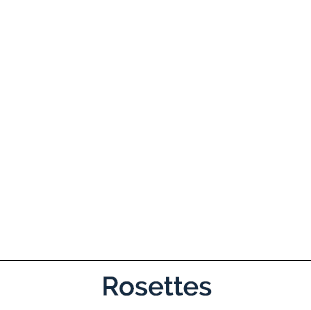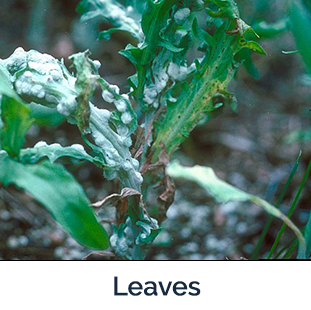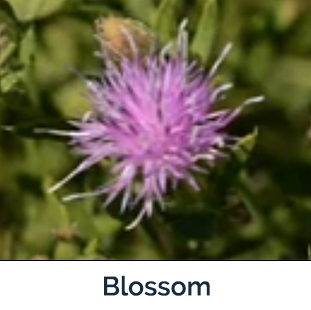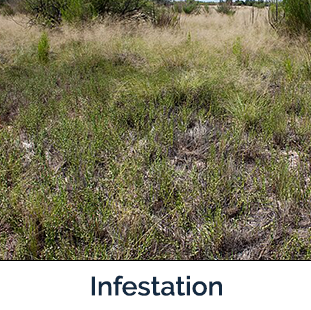Russian Knapweed (Acroptilon repens, Rhaponticum repens)
2A, common in isolated areas of Montana
Quick ID
- Toothed and hairy base leaves; upper leaves small and narrow with a smooth edge
- Rhizomatous, deep-rooted
- Stems are thin with soft, short hairs
- One purple to pink flower per branch with light pink to white tips on each flowerhead
- Height 1 to 3 feet

Russian Knapweed
Video Information
Weed Images




Weed Specifications
| Type | Information |
|---|---|
| Toxicity | Can cause “chewing disease” in horses. |
| Best Management Practices | Persistent mechanical strategies before Knapweed patch establishes itself; herbicide applications can also be effective. |
| Habitat | Irrigation ditches, river corridors, forests, grasslands, roadsides, rangelands and pastures. |
| Root | Extensive root system. |
| Leaves | Deeply lobed lower leaves, linear upper leaves. |
| Lifespan | Perennial |
| Similar Looking Plants | Spotted knapweed, meadow knapweed and diffuse knapweed. |
| Important Information | Root system has a black, bark-like covering. Plant is allelopathic (inhibits growth of other plants) and develops dense stands due to its ability to out-compete resident vegetation. |

